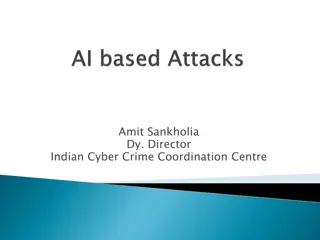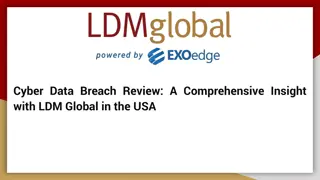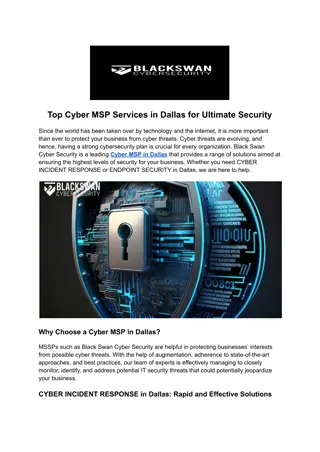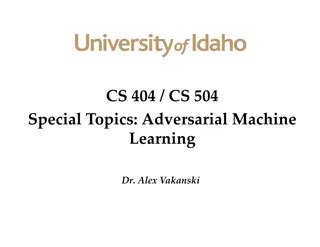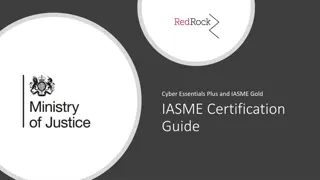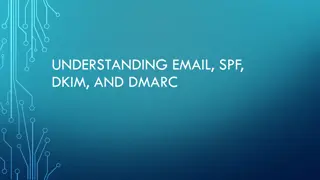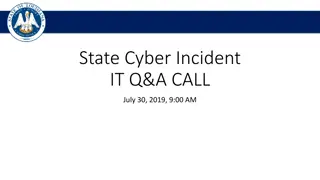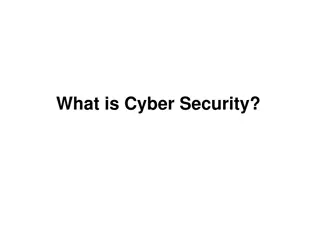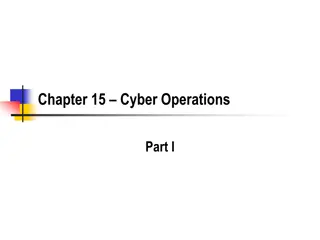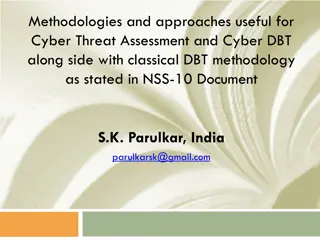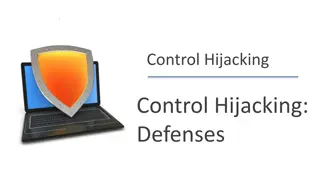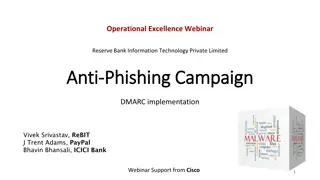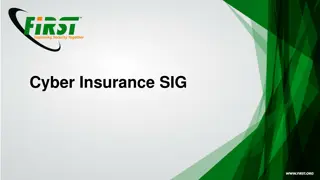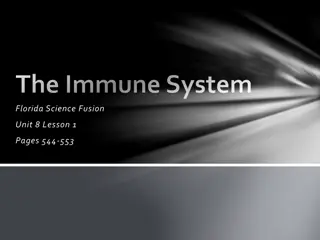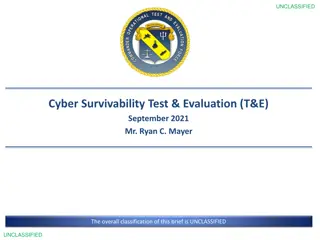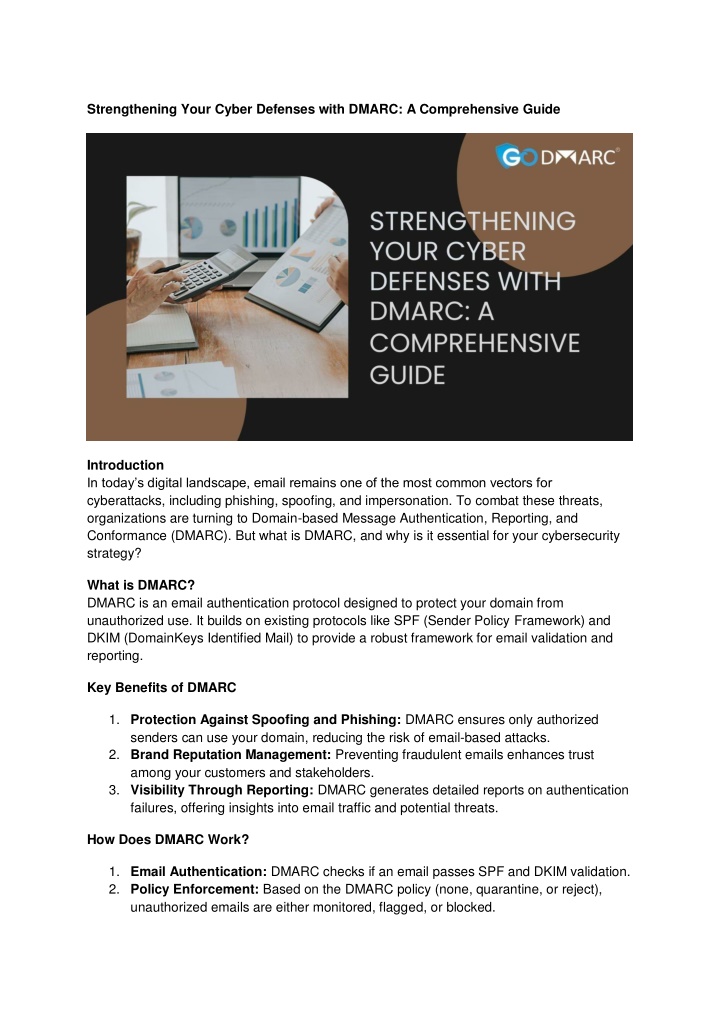
Strengthening Your Cyber Defenses with DMARC_ A Comprehensive Guide (1)
For more insights and assistance with DMARC implementation, Contact Us. Let us help you make your emails secure and trusted!n
Download Presentation

Please find below an Image/Link to download the presentation.
The content on the website is provided AS IS for your information and personal use only. It may not be sold, licensed, or shared on other websites without obtaining consent from the author. If you encounter any issues during the download, it is possible that the publisher has removed the file from their server.
You are allowed to download the files provided on this website for personal or commercial use, subject to the condition that they are used lawfully. All files are the property of their respective owners.
The content on the website is provided AS IS for your information and personal use only. It may not be sold, licensed, or shared on other websites without obtaining consent from the author.
E N D
Presentation Transcript
Strengthening Your Cyber Defenses with DMARC: A Comprehensive Guide Introduction In today s digital landscape, email remains one of the most common vectors for cyberattacks, including phishing, spoofing, and impersonation. To combat these threats, organizations are turning to Domain-based Message Authentication, Reporting, and Conformance (DMARC). But what is DMARC, and why is it essential for your cybersecurity strategy? What is DMARC? DMARC is an email authentication protocol designed to protect your domain from unauthorized use. It builds on existing protocols like SPF (Sender Policy Framework) and DKIM (DomainKeys Identified Mail) to provide a robust framework for email validation and reporting. Key Benefits of DMARC 1. Protection Against Spoofing and Phishing: DMARC ensures only authorized senders can use your domain, reducing the risk of email-based attacks. 2. Brand Reputation Management: Preventing fraudulent emails enhances trust among your customers and stakeholders. 3. Visibility Through Reporting: DMARC generates detailed reports on authentication failures, offering insights into email traffic and potential threats. How Does DMARC Work? 1. Email Authentication: DMARC checks if an email passes SPF and DKIM validation. 2. Policy Enforcement: Based on the DMARC policy (none, quarantine, or reject), unauthorized emails are either monitored, flagged, or blocked.
3. Reporting: Organizations receive feedback reports, enabling continuous monitoring and improvement. Implementing DMARC in Your Organization 1. Evaluate Your Current Setup: Ensure SPF and DKIM are correctly configured for your domain. 2. Create a DMARC Record:Publish a DMARC record in your domain s DNS settings. 3. Start with a None Policy: Begin with a monitoring-only policy to collect data without impacting email delivery. 4. Analyze Reports: Use DMARC reports to identify legitimate senders and address misconfigurations. 5. Gradually Enforce Policies:Move from none to quarantine and eventually to reject as your setup matures. Best Practices for DMARC Adoption Engage All Stakeholders: Coordinate with IT, security teams, and email providers for a seamless implementation. Leverage DMARC Tools: Use third-party tools to simplify report analysis and policy management. Educate Your Team: Train employees on recognizing phishing attempts and understanding the importance of email security. Conclusion DMARC is not just a technical solution; it s a strategic approach to securing your organization s email communication. By implementing and maintaining DMARC, you can protect your domain, safeguard your reputation, and stay one step ahead of cybercriminals. Are you ready to take your email security to the next level? Start your DMARC journey today and fortify your defenses against email-based threats. Call-to-Action For more insights and assistance with DMARC implementation, Contact Us. Let us help you make your emails secure and trusted!



